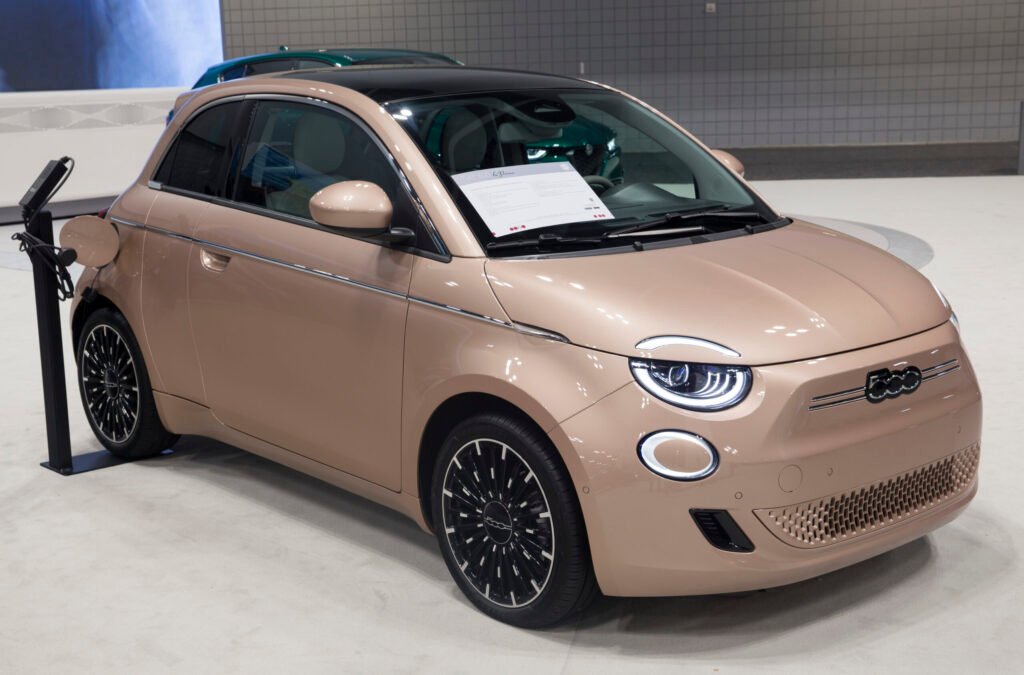As electric vehicles become more popular, many budget-conscious buyers are asking the same question: What is the cheapest electric car in 2025? With gas prices rising and environmental concerns growing, EVs offer a smart, long-term solution—but the upfront cost still matters.
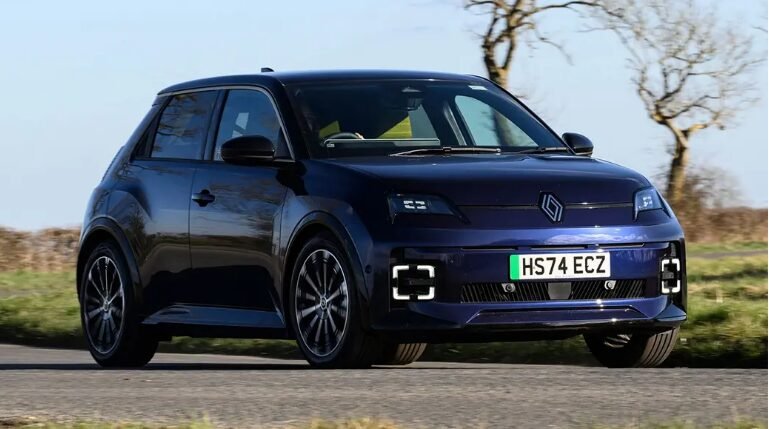
Fortunately, manufacturers are responding to demand by offering more affordable electric cars without compromising range, safety, or performance. Whether you’re a city commuter or a first-time EV buyer, there’s likely a low-cost option that fits your needs.
In this guide, we’ll explore the cheapest electric vehicles currently available, their range, specs, pros and cons, and how they compare with each other. We’ll also share tips to help you get the best deal and avoid hidden costs, like electric car maintenance or expensive charging equipment.
Top 5 Cheapest Electric Cars in 2025
Let’s take a look at the most affordable electric cars currently on the market, along with their prices and key features.
[Insert Image 1: Lineup of affordable electric cars like the Nissan Leaf, Chevrolet Bolt, Dacia Spring, etc.]
| Model | Starting Price (USD) | Estimated Range | Top Speed |
|---|---|---|---|
| Dacia Spring EV | $16,000 | 140 miles | 78 mph |
| Chevrolet Bolt EV | $26,500 | 259 miles | 93 mph |
| Nissan Leaf S | $28,000 | 149 miles | 89 mph |
| Mini Electric (SE) | $30,900 | 114 miles | 93 mph |
| Fiat 500e | $31,000 | 150 miles | 84 mph |
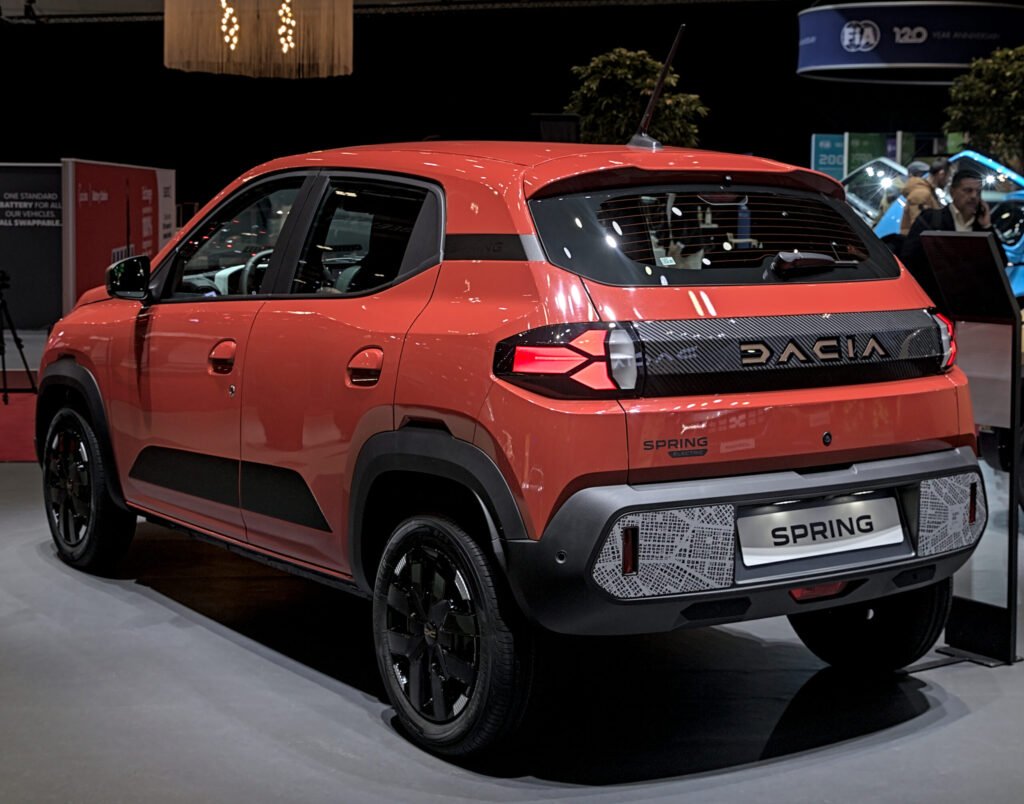
How Range and Charging Impact Affordability
One of the most important things to consider when evaluating cheap electric cars is their range and charging capability. A low-cost EV may come with compromises in battery size or charging speed.
Range Comparison
[Insert Image 2: Chart comparing EV ranges visually from cheapest to most expensive]
- Dacia Spring: Best for city driving, short commutes
- Chevy Bolt: Great balance of price and long-range (best under $30K)
- Nissan Leaf: Ideal for medium-range daily use
Charging Options
Most entry-level EVs support Level 1 (home outlet) and Level 2 (240V charger) charging. DC fast charging is available on models like the Chevy Bolt and Mini Electric, but may be slower than premium EVs.
Affordable EVs: Are They Worth It?
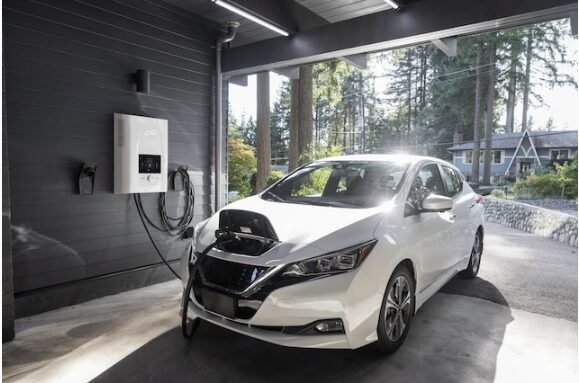
What Is the Cheapest Electric Car? Cheap EVs aren’t just about price—they also offer benefits in long-term savings and sustainability.
Pros:
- Zero emissions & tax incentives
- Lower electric car maintenance costs (fewer moving parts)
- Affordable to charge at home
Cons:
- Limited range in base models
- Fewer luxury features
- Smaller cargo space
Best Use Cases for Budget EVs
[Insert Image 3: A small electric car in an urban environment or parking garage]
Low-cost electric cars are perfect for:
- Urban commuters: Small size, easy to park, low daily mileage
- Students or young professionals: Low ownership cost
- Eco-conscious households: A second car for short trips
If you frequently drive over 150 miles per day or need fast charging for road trips, you may want to consider higher-range models from Tesla, Hyundai, or Kia.
Tips to Get the Best EV Deal
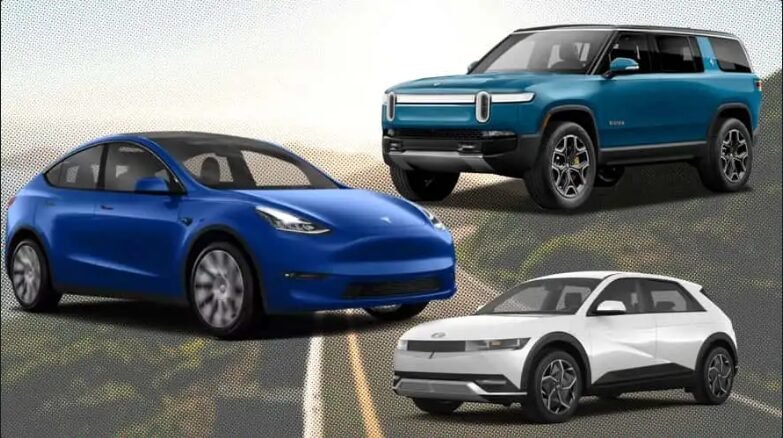
Take advantage of incentives
Check federal and local EV tax credits. In the U.S., some models qualify for up to $7,500 in rebates.
Consider used EVs
Used EVs can offer huge value. Look for cars with less battery degradation and a reliable service history.
Check total cost of ownership
Don’t forget to consider:
- Charging setup costs
- Warranty
- Insurance rates
[Insert Image 4: Buyer comparing electric car models on a tablet or showroom lot]
Conclusion: Is a Budget EV Right for You?
If you’re wondering what is the cheapest electric car, the answer depends on your needs. The Dacia Spring is hard to beat in price, but models like the Chevy Bolt offer more range and flexibility. For city drivers and short-distance commuters, affordable electric cars in 2025 are more practical and accessible than ever.

